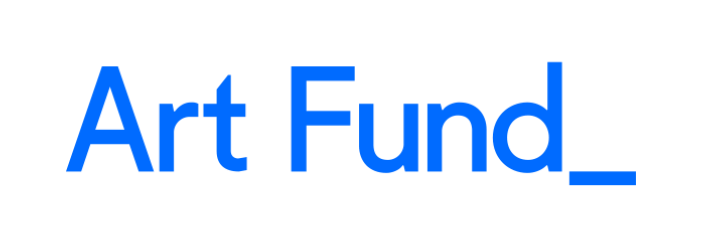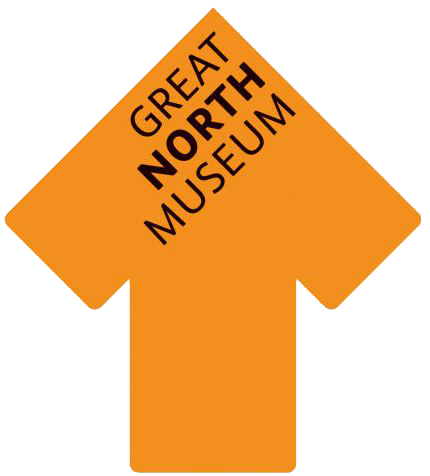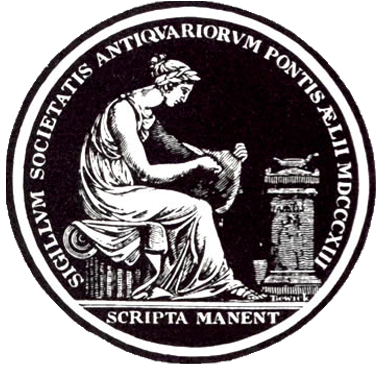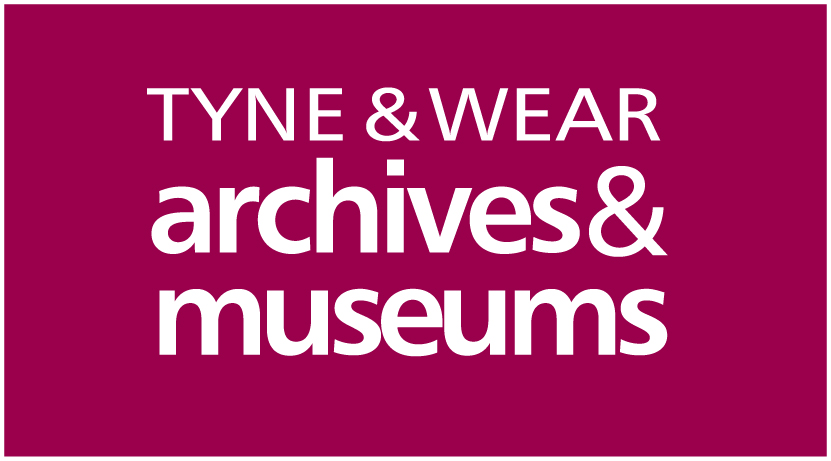North American Objects: Acquisition Histories
The Great North Museum : Hancock archives can show which individual or institution donated objects. However, information regarding how, when and where the object was originally collected is often unknown.
Wellcome Historical Medical Museum (WHMM)
The Wellcome Historical Medical Museum displayed the private collection of Sir Henry Solomon Wellcome (1853-1933). His collection was estimated to have numbered over one million items, only a fraction of which was exhibited at the museum on Wigmore Street, London. While the main focus of his collecting was on the evolution of medicine, Sir Henry also collected non-medical objects with the ultimate goal of creating a “museum of man” that would cover all periods in all areas of the world. On his death, the trustees of the Wellcome Foundation began the process of dismantling Sir Henry’s collection. A mammoth task that began in 1936, it was not fully completed until the 1980s.
During this time, the main ethnographic collection was distributed to interested museums in ten batches. The Hancock Museum was one institution who received a significant amount of material, including items from North America. In fact, nearly one quarter of the North American collection came from WHMM. Four batches of the Wellcome collection was accessioned into the Hancock Museum in February, June and October 1951 and January 1952, but information regarding the provenance of the objects was often scarce. For Creative Power, some objects have been traced back to the London auction houses where Sir Henry Wellcome’s associates procured them from. This has sometimes helped when considering a date of production for objects. Any histories and information before this point however, remains unknown.
Significant auction houses that sold North American material:
J C Stevens, 38 King Street, Covent Garden, London
J C Stevens was a London auction house specialising in the sale of natural history specimens, antiquities and “curiosities” from around the world. Founded in circa 1759 by the bookseller Samuel Patterson, John Crace Stevens joined the firm as a partner in 1831. The company name was changed to J C Stevens in 1834. After John’s death in 1859, the company was run by his brother Samuel and then his son Henry. The firm continued after Henry’s death on 1925 but eventually closed in the 1940s as the popularity of natural history sales waned.
Glendining & Co, 7 Bleinham Street, New Bond Street, London
Auction house primarily specialising in coins, eventually taken over by Bonhams.
Puttick and Simpson: 47 Leicester Square, London & 72 New Bond Street, London
Founded in 1794 by James Fletcher, it was purchased in 1846 by Thomas D Puttick and William S Simpson and dealt with a vast array of objects.
Edward Foster & Son, 54 Pall Mall, London
Started by Edward Foster in the early 1830s, the auction house lasted until 1940 or possibly later.
George Allan (1736-1800)
The Allan Museum collection was bought in 1822 for £400 and it was the largest early acquisition by the Newcastle Museum. The 66 “Utensils of Savage Nations” that G.T. Fox listed in his 1827 catalogue of the collection appear to be mainly items from the Pacific region and North America, and all date to before 1800.
Darlington Museum
When the old Darlington Museum on Tubwell Row closed in 1998, a large number of ethnographic objects were transferred to the Hancock Museum and accessioned into the collections.
Society of Antiquaries of Newcastle upon Tyne
Founded 1813, SANT specialises in the antiquities of Northern England. At various times SANT has exchanged material that did not fall within their collecting area with the NHSN. Thus, several ethnographic items that were donated to SANT were passed on to the NHSN and the Hancock Museum.
Individual donors
A significant number of objects were donated by individual collectors, usually people who lived in or had a connection with Newcastle upon Tyne or the north east of England.





